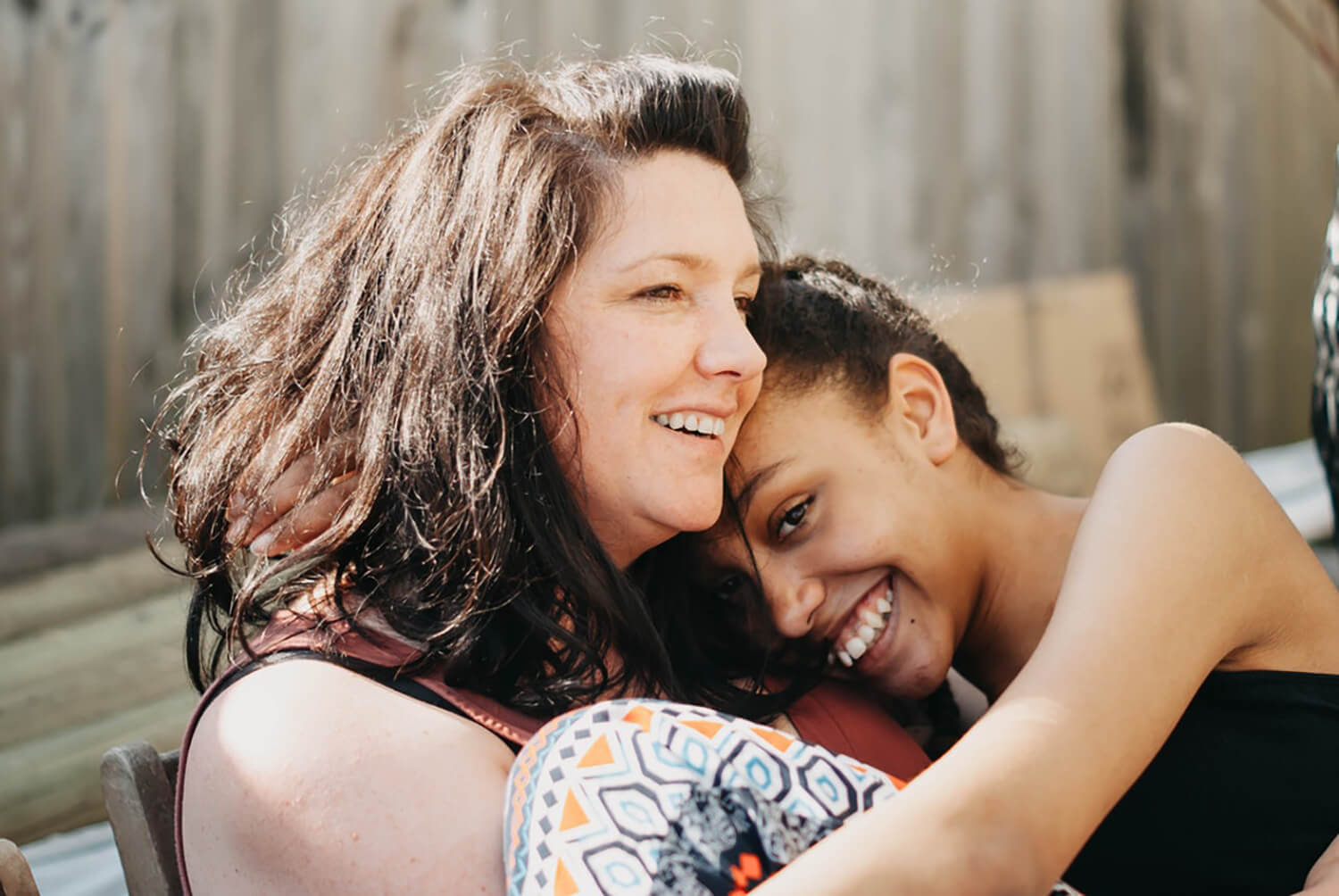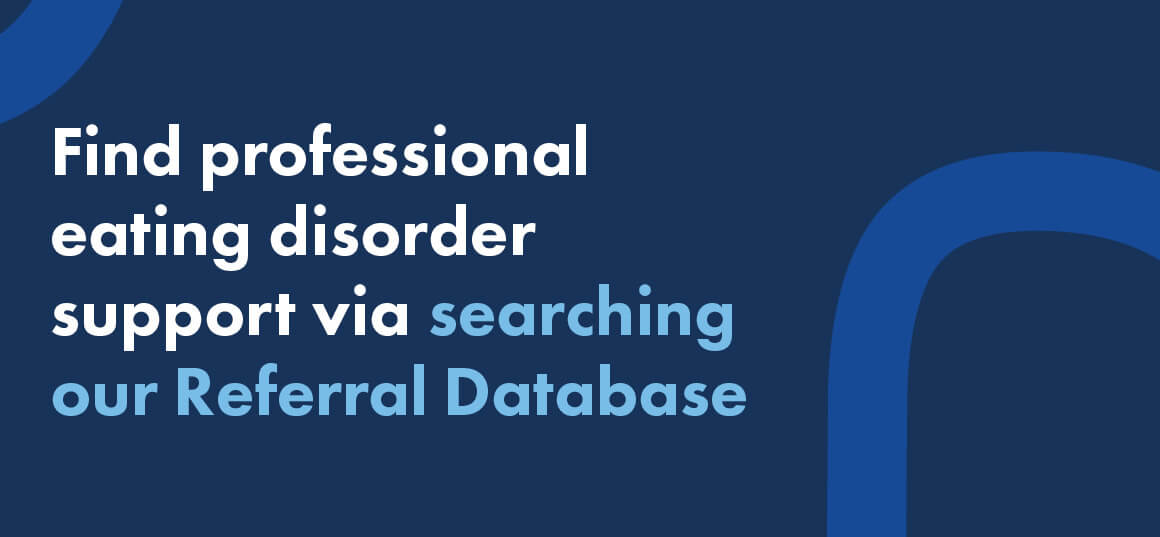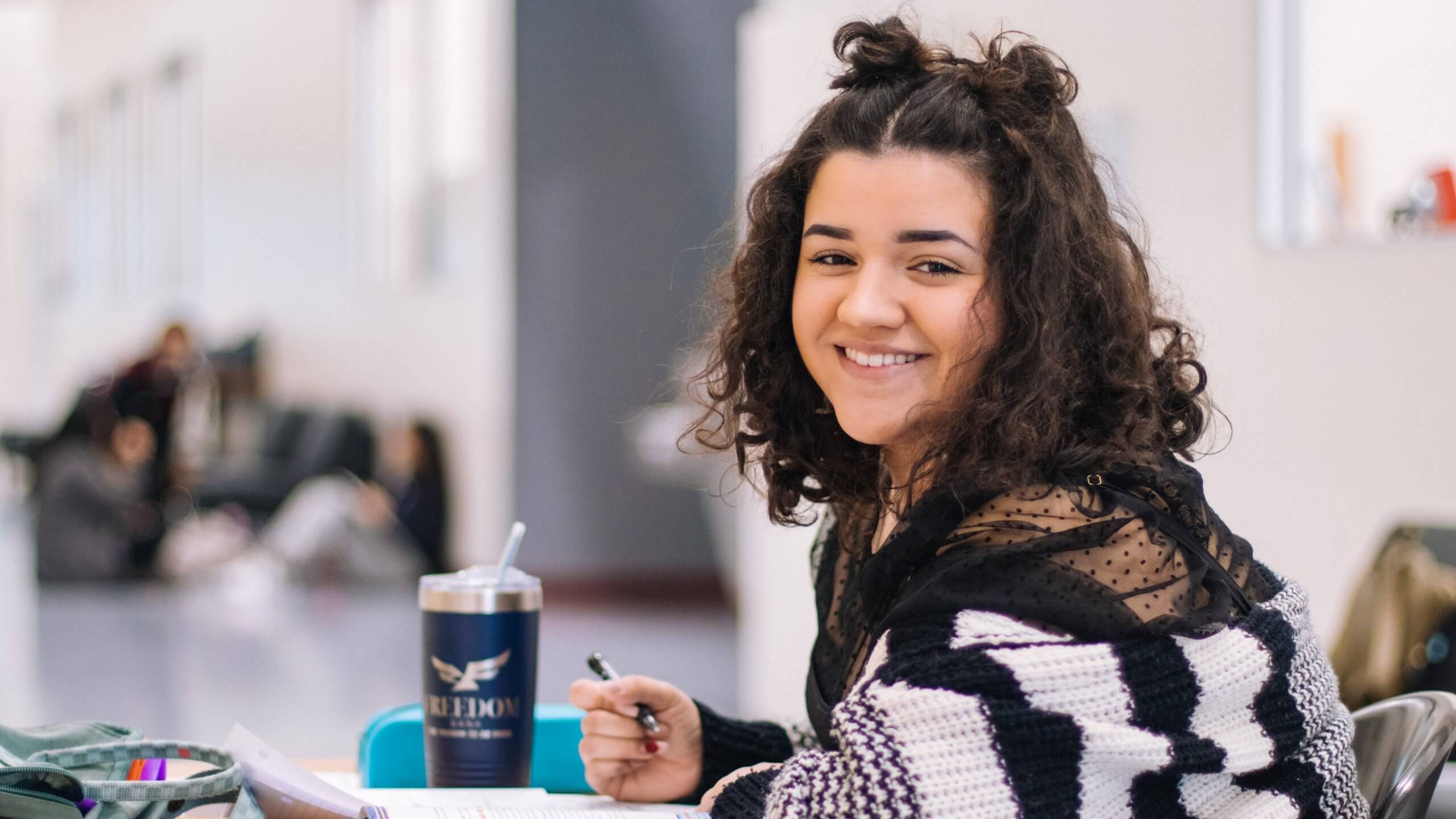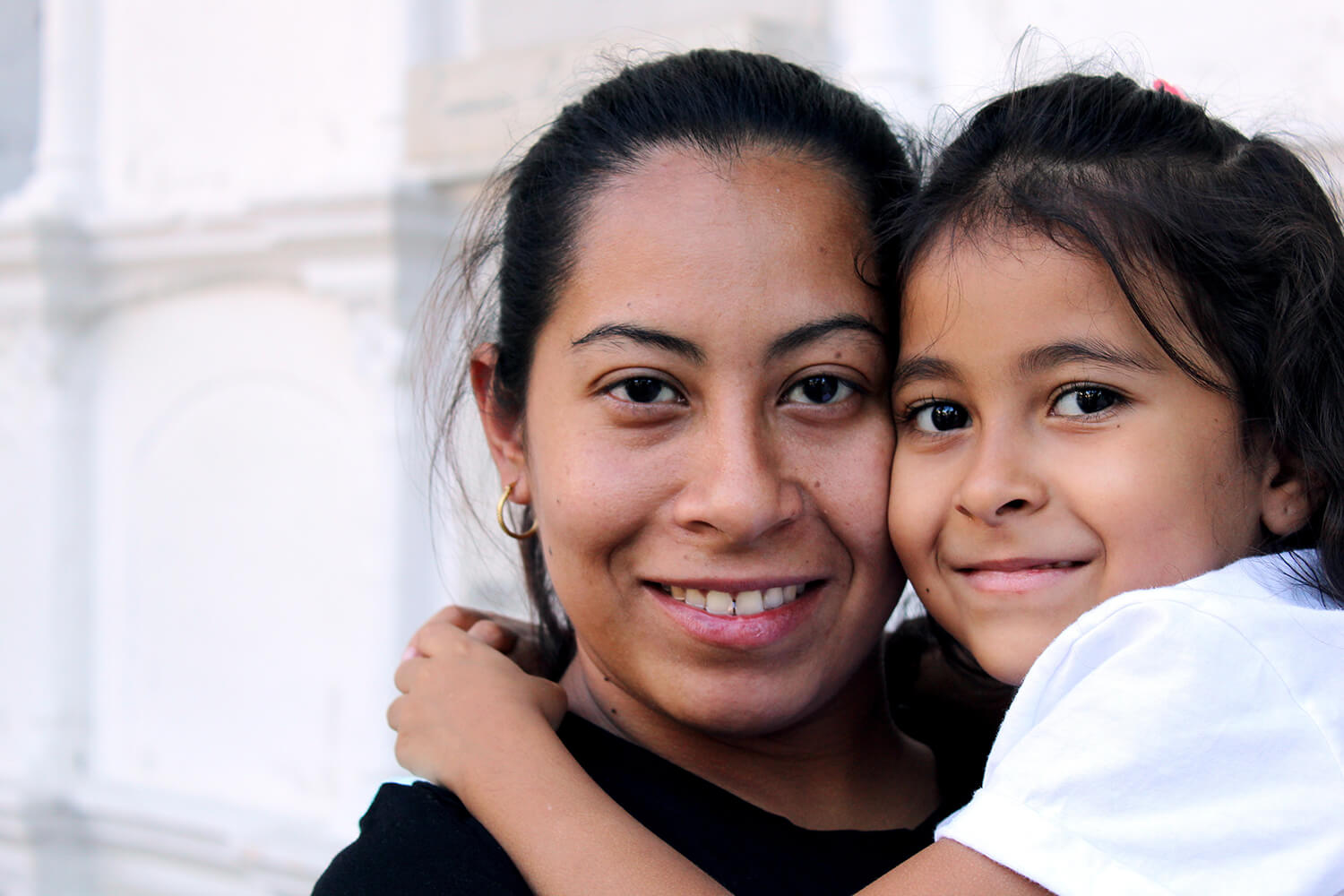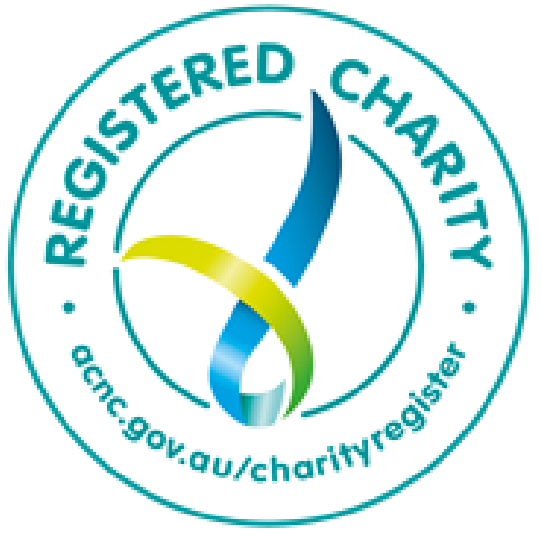Keeping diet culture out of Halloween: advice for parents on language around food
Halloween is a great opportunity to foster a healthy relationship with food in your children and emphasise that all foods belong and can be enjoyed in a varied diet.
But like any holiday that centers around food, diet culture can creep in. Diet culture refers to a set of ever-changing myths about food and bodies, promoting the idea that one’s body weight automatically equals health and that foods can be simplistically categorised as ‘good’ and ‘bad’.
Sweet foods such as lollies and chocolate are staples on Halloween, but these are often labelled as ‘rare/special treats’, or ‘junk’, fitting squarely into the ‘bad’ category imposed by diet culture. In reality, foods shouldn’t have a moral value, and we should be encouraging children to enjoy all foods in moderation as part of a healthy diet.
Your language and behaviours around food can have a lasting impact on your child’s relationship with eating so try to choose your words carefully at this time of year. There isn’t one perfect way to manage Halloween lollies or a right amount to allow your children to have, but here are some tips to help you through this time.
Food shouldn’t have a moral value
Food shouldn’t carry moral judgements. Instead of labelling food as ‘good’ or ‘bad’, describe the food by its name and ensure there’s no moral value attached to it, because this can create guilt and shame around eating. For example, instead of saying ‘junk food’ or ‘treats’, simply say ‘lolly’, ‘sweet’ or ‘chocolate’. You may also like to talk to your child about how the different lollies look, feel, taste and how they sound when you bite into them.
Avoid an all-out-ban
Research demonstrates that when foods are “forbidden” or restricted, it can decrease a child’s ability to exert self-control. As a result, when “forbidden foods” are allowed, children may have difficulty controlling how much they eat, which can lead to overeating and eating in the absence of hunger. Instead, provide opportunities for children to be exposed to these foods more regularly so that they aren’t seen as so special, and try to role model what eating these foods in moderations looks like.
Avoid using sweet food as a reward
Steer clear of labelling lollies as “special treats” or using them as a reward, as this could also foster a preoccupation with the food. For example, forcing children to finish a meal to ‘earn’ having something sweet afterwards. Be flexible, explore all food groups and incorporate sweet foods into your regular meals rather than making them a forbidden indulgence.
Encourage kids to tune in!
Rather than restricting certain foods, support children to listen to their body cues of when they might feel like they’ve had enough and become more aware of how foods make them feel; in their body, their energy levels and mood. Ask questions like ‘Is your tummy full?’ or ‘should we put some away for next time?’.
Instead of saying ‘don’t eat too much, that’s bad for you’, let your child know that although they might not be able to eat their entire Halloween haul in one night, the lollies aren’t going anywhere and will be made available again (ideally as part of a meal).
Promoting curiosity and non-judgement of ALL foods is critical.
Don’t stress – it’s just one day
If your child eats extra lollies on Halloween, remember that it’s just one day and doesn’t reflect their usual eating habits. Food is about connection, joy and excitement, and ALL foods can have a place in a healthy diet. Be prepared that your child might eat more lollies than their body needs, but for neurotypical children this will likely help them to regulate their intake in future.
How you talk about food around your children can have a lasting impact
If the thought of extra lollies in your house brings up anxiety or fear around weight gain, or you find yourself saying things like “Mum/Dad can’t eat that!” or “I’ll need to work off all these calories” it might be helpful to examine your own relationship with food and seek support.
Butterfly’s free Body Kind Families initiative offers resources for parents looking to become more compassionate towards their own body, as well as providing information and resources to help parents/carers connect with the teens in their lives on important topics related to body image and eating and exercise behaviours.Body Kind Families
Help your child develop a more thoughtful relationship with food
Butterfly’s whole of primary school body image program, Butterfly Body Bright, offers free resources and activities for families with primary school-aged children.
Our tips on being THOUGHTFUL with eating promote staying healthy through positive eating attitudes and behaviours. We encourage children and families to be curious and non-judgemental about different foods and food preferences, eat mindfully, and use their senses to connect with food and their bodies.
Click here for family resources
Get further support
If Halloween has brought up concerning attitudes and behaviours around food, and you’ve noticed concerning warning signs in your child (or yourself), reaching out for professional support is essential – as soon as you think something might be wrong.
Connect with Butterfly’s National Helpline 7 days a week, 8am-midnight (AEDT) for confidential and free counselling and advice from our counsellors. Call 1800 ED HOPE (1800 33 4673), chat online or email support@butterfly.org.au
Further reading and resources
- Butterfly Let’s Talk Podcast episode: In Depth with early childhood body image expert, Dr Stephanie Damiano: In this podcast, manager of Butterfly Body Bright Dr Stephanie Damiano discusses how to help young kids establish a positive relationship with their bodies for their future wellbeing and success.
- How parents can act early and support a positive body image
- Reducing body dissatisfaction in teens: how parents can help
- Help kids feel BRIGHT in their bodies this holiday season





